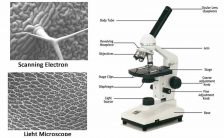Tag: biology
-
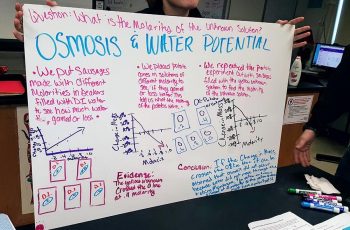
Review with Whiteboard Panels
In order to review for final exams and to also tie together the semester, I had my students create boards that summarized the labs they did during the semester. I choose 6 labs so that each group of three would be able create a whiteboard panel and do a mini presentation to the rest of…
-
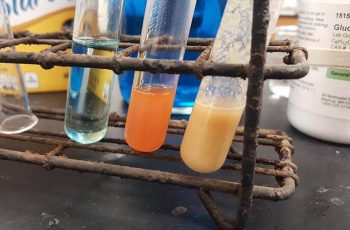
McMush Lab
I designed this investigation for AP biology though it could be modified to work with students in introductory biology classes. First students learn the four macromolecules important to life: carbohydrates, lipids, proteins, and nucleic acids. They can then venture into the lab where they use indicators to test for the presence of these molecules in…
-
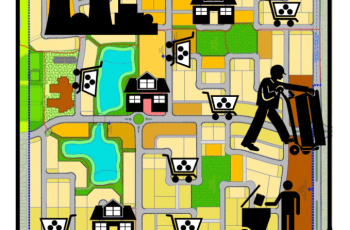
Cell City
This popular activity asks students to read a story about a fictional town where each part of the city is compared to the parts of a cell. For example: “Widgets are generally produced in small shops around the city, these small shops can be built by the carpenter’s union (whose headquarters are in town hall.)” In this…
-
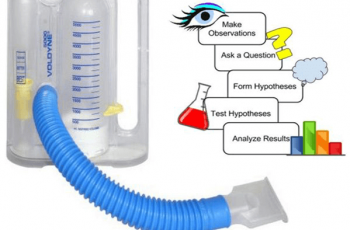
Investigation: Processes of Science
Students must develop their own causal question about what biological factors affect a person’s lung capacity, Then test their hypothesis using a respirometer.
-
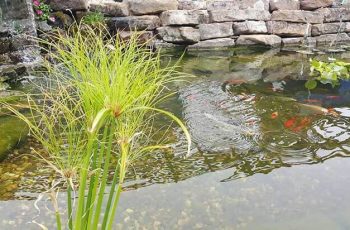
Investigation: What Organisms Are Found in Ponds?
Does your community have ponds, streams, or lakes? Students enjoy working with real biology, and though it may not be possible to take students to a lake, you can bring the lake to the student. This open-ended activity gives students the opportunity to explore pond water and compare the types of species found in…
-
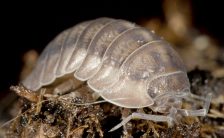
Investigation – Animal Behavior with Isopods
An isopod is a crustacean with a segmented body and seven pairs of legs. They are commonly known as pill bugs, roly-polys, or woodlice. Isopods are found in a variety of habitats, including soil, under rocks, and in decaying wood. They are detritivores, meaning they eat dead and decaying matter. Isopods are an important part…
-
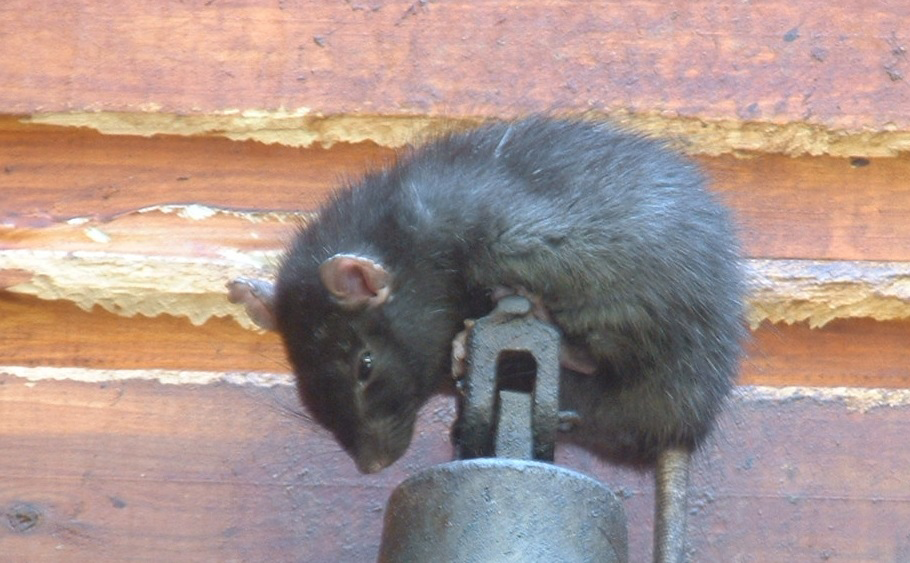
Investigation: Rat Dissection
Provides instructions for dissecting a preserved rat. Students start with the external anatomy, then locate muscles, bones, and then the major organs.
-

Toxicology Resources for the Biology Class
Resources for investigating how poison affects animal physiology. Students can read the “Poisoner’s Handbook” and perform experiments on worms.
-
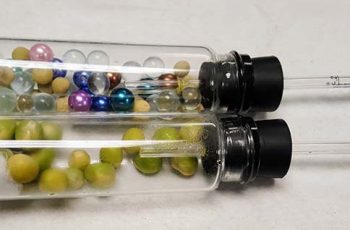
Investigation: Cellular Respiration
Students set up respirometers to measure the oxygen consumption of germinating peas in cold and warm water, and compared to a living organism.
-
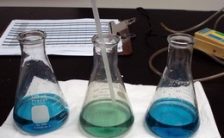
Quiz: The Science of Biology
This practice quiz aligns with chapter 1 of biology textbook where concepts such as the nature of science and the scientific method are discussed.
-
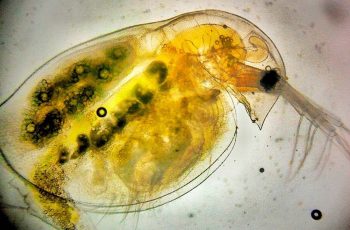
Investigation: What Factors Affect the Heart Rate of Daphnia
This investigation starts with a guided procedure where students gather data on the heart rate of daphnia when the organism is exposed to 1% ethanol. Daphnia are tiny crustaceans that are visible with the naked eye, though a microscope or stereoscope will be needed to see their heart rate.
-

Investigation: What Are the Different Types of Cells?
Students look at cells from different domains and kingdoms; compare the size of cells and how their structure and shape differ depending on their function.
-
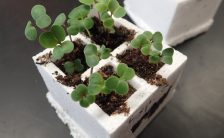
AP Biology – Investigation on Genetics with Plants
A modified AP Lab where students learn to grow plants from a seed, cross pollinate plants and conduct an inquiry investigation about plant genetics.
-

Teaching Resources: Fetal Pig Dissection
Worksheet includes instructions for dissection with descriptions of the organs students will locate; includes diagrams to label.


